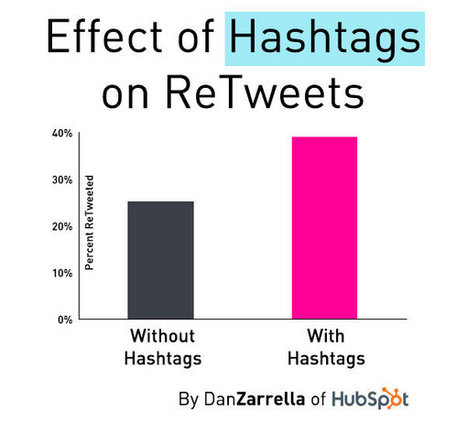Twitter is a widely used social medium. However, its application in promoting health behaviors is understudied.
In order to provide insights into designing health marketing interventions to promote physical activity on Twitter, this exploratory infodemiology study applied both social cognitive theory and the path model of online word of mouth to examine the distribution of different electronic word of mouth (eWOM) characteristics among personal tweets about physical activity in the United States.
This study used 113 keywords to retrieve 1 million public tweets about physical activity in the United States posted between January 1 and March 31, 2011. A total of 30,000 tweets were randomly selected and sorted based on numbers generated by a random number generator. Two coders scanned the first 16,100 tweets and yielded 4672 (29.02%) tweets that they both agreed to be about physical activity and were from personal accounts. Finally, 1500 tweets were randomly selected from the 4672 tweets (32.11%) for further coding. After intercoder reliability scores reached satisfactory levels in the pilot coding (100 tweets separate from the final 1500 tweets), 2 coders coded 750 tweets each. Descriptive analyses, Mann-Whitney U tests, and Fisher exact tests were performed.
Results: Tweets about physical activity were dominated by neutral sentiments (1270/1500, 84.67%). Providing opinions or information regarding physical activity (1464/1500, 97.60%) and chatting about physical activity (1354/1500, 90.27%) were found to be popular on Twitter.
Approximately 60% (905/1500, 60.33%) of the tweets demonstrated users’ past or current participation in physical activity or intentions to participate in physical activity. However, social support about physical activity was provided in less than 10% of the tweets (135/1500, 9.00%). Users with fewer people following their tweets (followers) (P=.02) and with fewer accounts that they followed (followings) (P=.04) were more likely to talk positively about physical activity on Twitter.
People with more followers were more likely to post neutral tweets about physical activity (P=.04). People with more followings were more likely to forward tweets (P=.04). People with larger differences between number of followers and followings were more likely to mention companionship support for physical activity on Twitter (P=.04).
Conclusions: Future health marketing interventions promoting physical activity should segment Twitter users based on their number of followers, followings, and gaps between the number of followers and followings.
The innovative application of both marketing and public health theory to examine tweets about physical activity could be extended to other infodemiology or infoveillance studies on other health behaviors (eg, vaccinations).
more at http://www.jmir.org/2013/11/e261/



 Your new post is loading...
Your new post is loading...











